Not far down the road from Lakes Country is another of Indiana’s historic distinctions—possibly at an international level—whose history is intertwined with the life and work of J.J. Daniels, who died 109 years ago this month, on Aug. 1, 1916.
Daniels, one of Indiana’s most prolific bridge builders, was instrumental in the prevalence of covered bridges in Parke County, which lays claim to the title of “Covered Bridge Capital of the World.” That recognition led to what became Indiana’s largest festival, starting in 1957: the Covered Bridge Festival, held over 10 days each October (this year from Oct. 10 to 19) across 10 towns hosting official celebrations, each highlighting special foods or attractions.
So what’s special about covered bridges? Or perhaps first: what are they? Wikipedia defines a covered bridge as “a timber-truss bridge with a roof, decking, and siding, which in most covered bridges creates an almost complete enclosure.”
The covering was necessary because the bridges were made of wood, which was vulnerable to the elements—especially sun and rain—limiting their lifespan to about 20 years. Covered bridges, however, could easily last 100 years or more. The U.S. built approximately 14,000 of them, mostly between 1825 and 1875. The first documented covered bridge in the U.S. was the Permanent Bridge, completed in 1805 over the Schuylkill River in Philadelphia. Europe, of course, has much older examples.
Barbara Hardesty noted in a 1977 article in The Indianapolis Star that the older generation in Indiana remembered the bridges as “courting bridges—kissing bridges.” When a young man took his date on a Sunday buggy ride, the first place they were out of sight of prying eyes was inside a covered bridge.
But by the mid-1800s, new materials—wrought iron, cast iron and later steel—were more reliable. Covered bridges began to disappear, especially in high-traffic areas. They generally only accommodated one lane and couldn’t handle the weight or height of modern vehicles.
Enter J.J. Daniels and Parke County. The area’s many streams and rivers made it ripe for bridge-building, and its ample timber provided the materials. At one point, Parke County had at least 53 covered bridges; today, 31 remain.
Daniels built around 50 bridges in western Indiana, though not all in Parke County. Born in 1826 in Marietta, Ohio, to a bridge-building father, he started carpentry and bridge-building as a teen and executed his first bridge contract at age 19 in 1845. Five years later, he built a bridge for the town of Rising Sun, Indiana, then returned to Ohio and married Clarissa J. Blessing in 1851.
In 1853, Daniels built a massive wooden railroad bridge over the White River for the Evansville and Crawfordsville Railroad. Designed to carry 20-ton locomotives, the bridge was so successful the company offered him a superintendent job. He resigned shortly after to build two more bridges for the company in southern Parke County.
In 1861—the same year he moved permanently to Rockville in Parke County—Daniels built the Jackson Bridge over Sugar Creek. The 207-foot, single-span bridge with double trusses was his crowning achievement and the only one to feature a cornerstone.

Many of Daniels’ bridges were multi-span and lengthy, including the four-span, 458-foot bridge at Medora in Jackson County. He was innovative, using iron tie rods with cast iron seats for bracing, minimizing carpentry at the top chord bracing.
One story from Hardesty’s article recounts the 1880 flood. Two Rockville men were operating a locomotive through near-submerged tracks between Big and Little Raccoon creeks. They received an order: “Do not cross Big Raccoon bridge without examination.” When they saw the bridge, the engineer opened the throttle. “Don’t you intend to stop?” asked the fireman. “No,” the engineer said. “Daniels built that bridge. It’s safer than this roadbed!”
Daniels maintained a work yard in Rockville to cut much of his timber. He built his last covered bridge—the Neet Bridge—in 1904 at age 78. He died in 1916 at 90. Many of his bridges are listed on the National Register of Historic Places.
Daniels wasn’t the only notable bridge builder in Parke County. Henry Wolf designed the Ramp Creek Bridge, the only double-lane and oldest covered bridge in Indiana. Parke County native J.A. Britton built more than a dozen bridges that still stand.
As early as 1947, preservation interest emerged when the American Covered Bridge Historical Society held its first annual convention with a tour of 62 bridges. By the 1950s, Parke County officials began preservation efforts, recognizing the bridges as cultural heritage.
Today, the website coveredbridgesguide.com serves as a “user-friendly guidebook” to Parke County’s bridges, calling them “living testimonies to the ingenuity and skills of the 19th and early 20th century American craftsmen who built them.”
“Let’s journey together from bridge to bridge, past the farm fields, woodlands, hills, valleys, streams and waterways,” the site says, urging visitors to “pause along the way to meet the many wonderful people who live here, as you are truly in the heartland of America.”
Jeff Kenney is the museum and archives manager for Culver Academies and serves on the board of the Culver Historical Society. He is a frequent speaker and writer on topics of local and regional history.



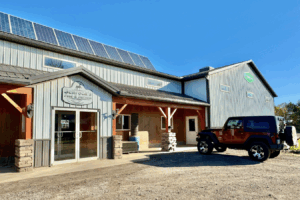
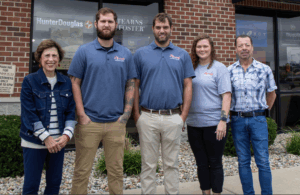
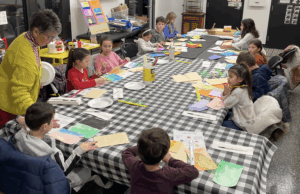
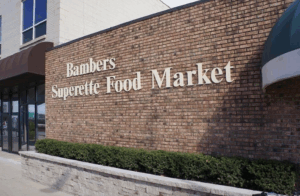
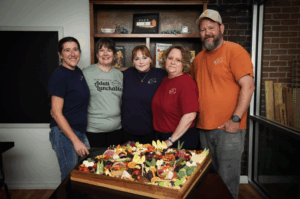



Comments 1
Grew up in Parke County. Nothing like walking the bridges!!:))))